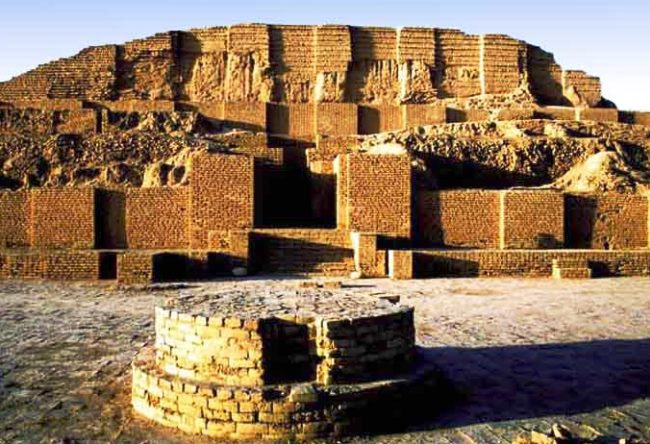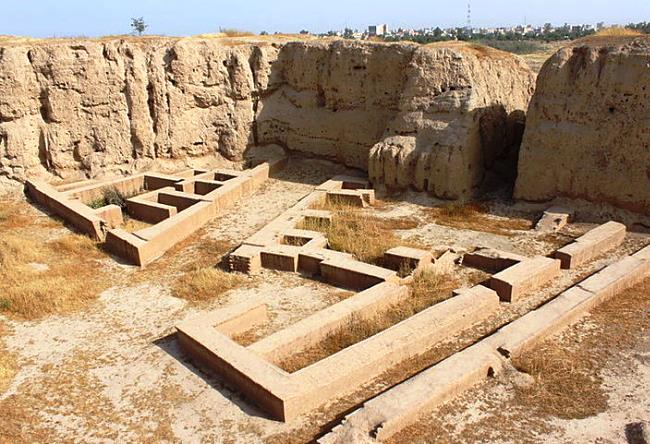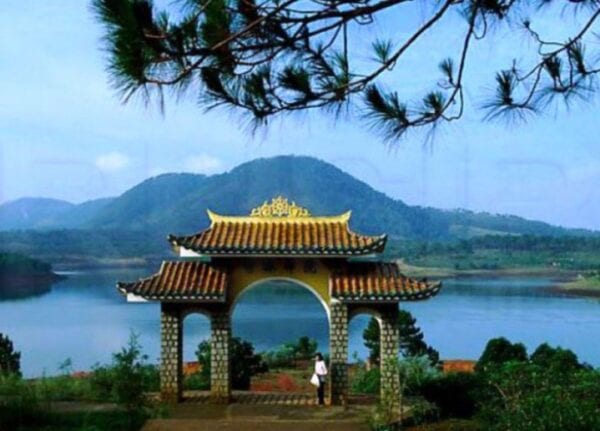 06, Апрель, 2016
06, Апрель, 2016Witness history is the city of Susa
Settlement in the area for more than six thousand years, and the first traces of man belong to 7000 BC. The city of Susa is located in the territory of the Iranian province of Justo. Sousa went down in history as the capital of the ancient state called Elam. About Susa Sumerians wrote in their papers and works.
The number of this ancient city is currently a few thousand people, but Susa among the most ancient cities in the world. The town is located between the famous tributaries of the Tigris River, and Hoaspom Evle. Some historians believe that the city and the region, which is adjacent to it, are some important centers of civilization, which is not inferior to the ancient Sumerian. The very name of Susa came thanks to a huge number of lilies, which can be observed on the tributaries of the Tigris.
In 2330 Mr. BC. e. Sargon of Akkad state governor Ancient committed military campaign against Elam. During this campaign, not only were captured Susa, but also some other cities. The main aim of the campaign was to capture the aggressive forest, so Elam still continue to exist regardless of the Akkadians. Around the same time, Susa becomes simply a provincial capital in Akkadian state. But already in 2240 Susa were released due to the rebellion of the Elamite king.
At the end of the II millennium BC, the king Shulga under its influence almost the entire Elam. At the same time, Susa erected a large number of temples. A little more than half a century later Elamite king Hutran-tempti sacked Ur and moved the capital of the state in Susa. After about nine centuries Nebuchadnezzar I sacked and devastated not only Susa, but also the entire country in retaliation for the looting of Babylon.
The city has repeatedly experienced the destruction and rebirth. The last failure occurred in 1218, when the Mongols marched with his conquests. Sousa could not find a very long time, and only in the XIX century, were discovered during the construction of the ruins, archaeologists are very interested.











